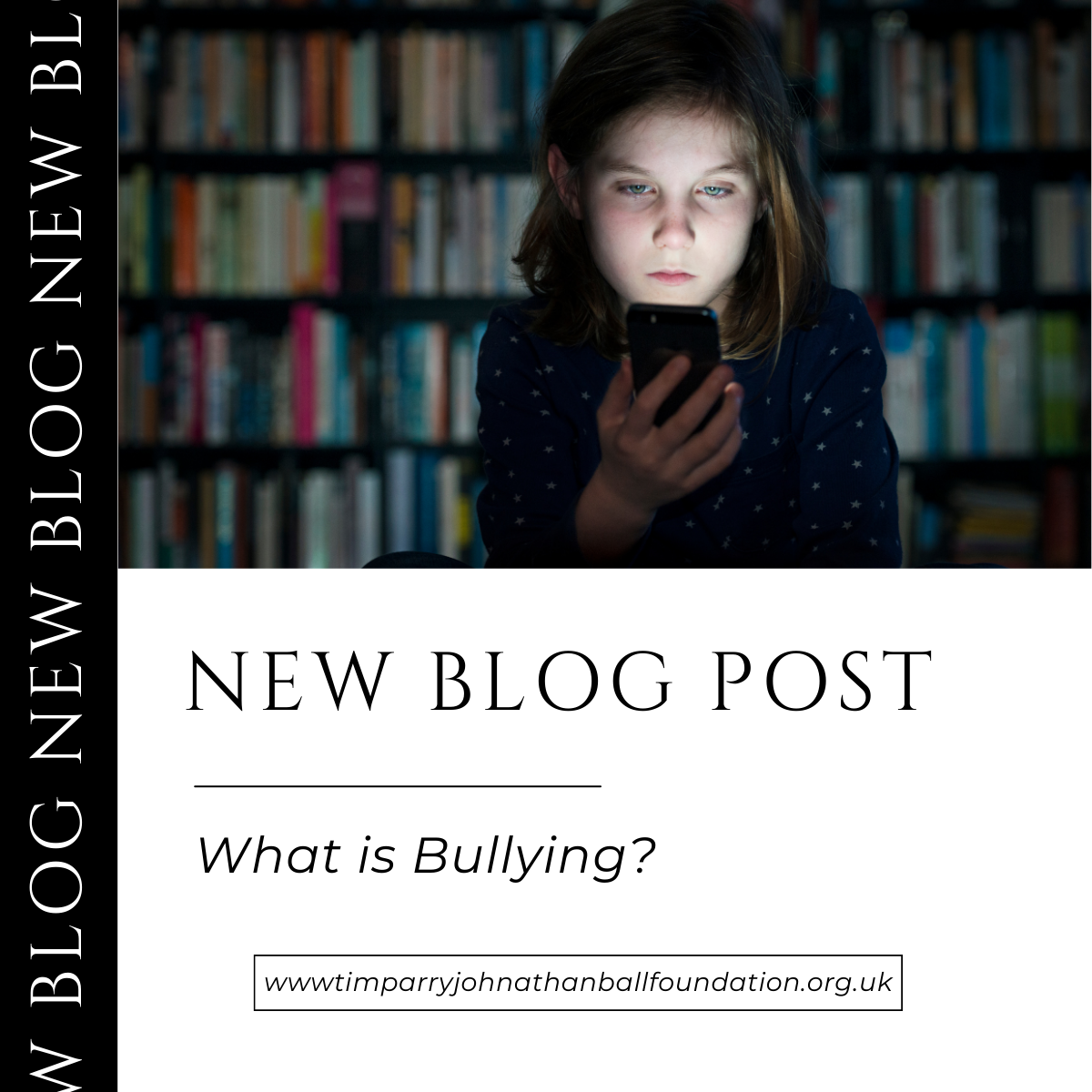
What is Bullying?
What is Bullying?
Bullying is unwanted, aggressive behaviour among school-aged children that involves a real or perceived power imbalance. The behaviour is repeated or has the potential to be repeated, over time. Children who are bullied or who bully others, may have serious lasting problems.
- An imbalance of power – children who bully use their power, such as: physical strength, access to embarrassing information, or popularity – to control or harm others. The power imbalance can change over time and in different situations even if they involve the same people.
- Repetition – Bullying behaviours often happen more than once or have the potential to happen more than once.
Types of Bullying
Verbal Bullying – saying or writing unkind, hurtful things:
- Teasing
- Name-calling
- Inappropriate sexual comments
- Taunting
- Threatening to cause harm.
Social Bullying – sometimes referred to as relational bullying, involves hurting someone’s reputation or relationships. Social bullying includes:
- Deliberately excluding someone
- Telling other children not to be friends with someone
- Spreading rumours about someone
- Embarrassing someone in public
Physical Bullying – inflicting pain on a person’s body or damaging their possessions. Physical Bullying includes:
- Hitting/kicking/pinching
- Spitting
- Tripping/pushing.
- Taking or breaking someone’s things.
- Making mean or rude hand gestures
Electronic Bullying – Cyber-bullying and online
- Websites
- Social Media Platforms
- Text Messaging
- Videos shared electronically.
- Photos shared electronically.
How to help your child if they are being bullied
- Explain bullying and cyberbullying to them.
- Let them know who to ask for help – a teacher or a family member.
- Help them to relax and take time out.
- Report bullying which appears on social media and online gaming ..to?. Make sure your child knows how to block someone.
- Report bullying videos shared online…to?.
- Report hate crimes..to?.
- Talk to the children’s school or club.
Bullying doesn’t just affect children. A recent study by ACAS found that 32% of employed people have experienced workplace bullying. Many people report that bullying comments are disguised as banter, so employers need to be vigilant about bullying disguised as banter.
50% of those employed or engaged in sports have experienced it, 38% in Finance, and 39% in Hospitality. Those employed in the music industry were even higher at 53%.
Coping with bullying and harassment in the workplace
You should always report incidents of bullying or harassment to your management or HR so they can start a formal investigation. There are other strategies that can help as a coping mechanism in the meantime.
- Set Boundaries – let the bully know their behaviour is unacceptable. Speak up and let them know how you feel.
- Confront the individual – let them know this is not acceptable behaviour and report it to HR, always remaining professional throughout.
- Keep track of the abuse – document any incidents of bullying or harassment in the workplace as well as any eye witnesses to the incident.
- Practical Self-care- this can be a distressing time, so it’s vital that you look after yourself both in body and mind, through exercise, meditation, seeking support from friends, or talking to a mental health professional.
Bullying is an adverse experience which is potentially traumatic, and can have a lasting effect on a person’s development or the way they interact with others. It can also influence how a person performs at school or work, and can have a lasting adverse effect on a person’s mental, physical, social, emotional, or spiritual well-being.
Prevention and intervention
Schools and Education
At the Tim Parry Johnathan Ball Foundation, we deliver educational programmes on conflict, trauma, and bullying. These can be done through school assemblies, class discussions, small group work, or on a 1-2-1 basis with specific students. They empower individuals with the knowledge and skills to understand the causes of bullying behaviour and to gain an awareness of how they and others feel in conflict situations and the consequences of violence. We help children build emotional intelligence, recognising and regulating their own emotional responses.
Non-Formal Education:
The Foundation focuses on non-formal prevention education, equipping individuals with critical thinking, emotional awareness, and conflict management skills. By addressing the frustrations of social isolation, this approach promotes empathy, respect for others, and healthy communication and challenges the distorted beliefs and negative attitudes propagated within communities.
Community Cohesion:
The Foundation promotes understanding, connection, and the social bonds that make up a community, and challenges the isolation and alienation caused by bullying. We promote inclusivity, and creating alternative support networks.
Promoting Positive Development:
In our work, we explore and expose the underlying factors contributing to social exclusion, such as inequality, limited education, and employment opportunities. We advocate for conditions that foster inclusivity and equal opportunities for all, in our schools, youth groups, workplaces, and communities.
By addressing root causes, promoting empathy, and fostering positive development, the Foundation works toward an inclusive and peaceful society. Recognising the seriousness of violence in criminal activity and collaborating with various stakeholders, the Foundation plays a vital role in preventing, resolving, and responding to incidents of violence. Together, we can challenge the threat, ensure safety, and foster a society that values the rights and dignity of every individual.
To learn more about the Tim Parry Johnathan Ball Foundation and how you can get involved, please visit our website at www.timparryjohnathanballfoundation.org.uk or contact us at info@timjon.org.uk

